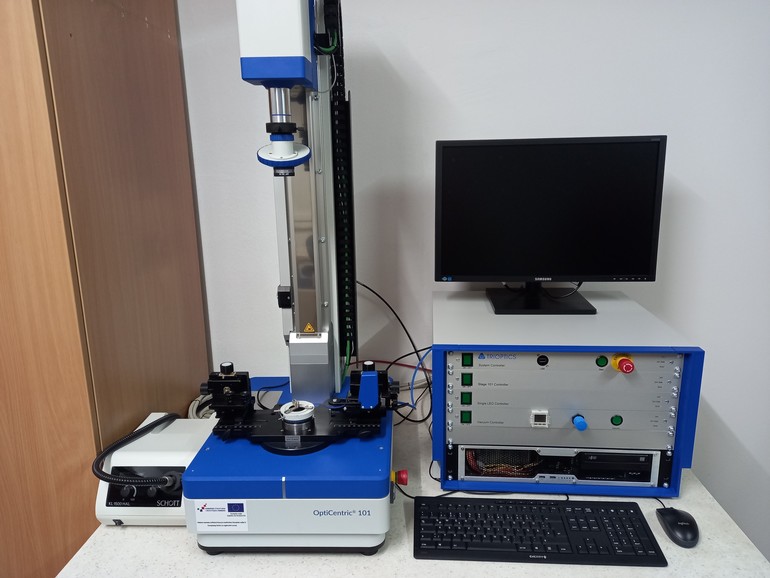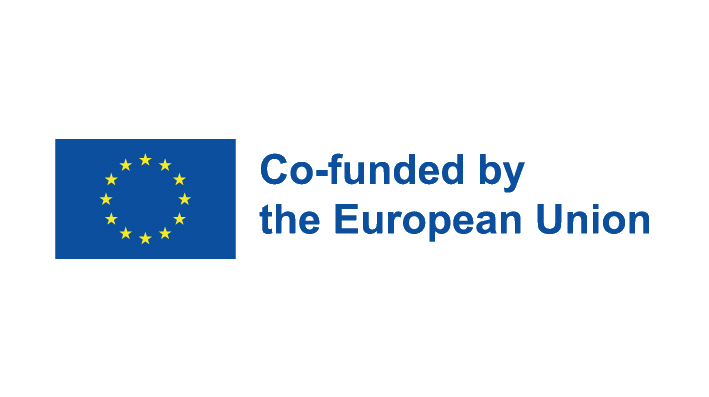The European Union has identified photonics as one of the KETs that will strengthen the industrial and innovation capacity of the EU; the goals are to secure Europe’s industrial leadership and economic growth, generate new jobs and prepare the EU to face the upcoming social challenges.
Within the RBI, photonics research has identified three main directions of development, namely quantum optics, optoelectronics and photonics testing and measurement. Quantum optics technology is used to establish the research basis for future quantum computing and high-speed quantum communication, in particular regarding technologies based on single photon emission and detection.
The main goal of the optoelectronic activities is to provide the optical and electrical characterization of the wide range of materials, from organic molecules to solid-state electronic devices using techniques such as time-resolved fluorescence and laser spectroscopies.
Photonics testing and measurements activities are based on many decades of experience in the development and testing of different optical systems, but are now more concentrated towards new areas such as measurements of quantum efficiencies of sensors, the R&D of new solid-state photon-counting devices, the characterization of light sources, the determination of power density and energy of radiation, interferometry and the holography of stationary and moving objects, among many others.




